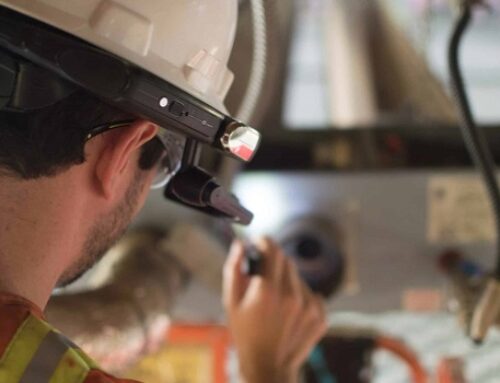
Even if, as we will see later, the objective of paperless in the industry is still far from being achieved, dematerialization is well and truly on the way. Companies are becoming aware of the benefits of document digitization, including procedures, as well as the risks associated with the preservation of paper media. Industrial technicians, who need efficient and reliable tools to do their jobs, benefit from this transition imposed by the requirements of industry 4.0, a digital and connected industry.
Digitize documents to meet the requirements of the modern business
While technological advances are affecting the industrial world dramatically and competition is increasingly fierce, companies cannot afford to remain on the sidelines of these developments. The performance and progress adaptation requirements concern, in particular, the development and management of documentation, and more particularly procedures.
In Chapter 445, ISO 14001 requires the establishment of a system for the control of documentation. This will include reviewing and updating documentation, ensuring the availability of relevant versions of documents, ensuring their readability and identification, and preventing the unintentional use of obsolete documentation. These are all points that are facilitated by digital tools.
The paperless working environment: where do we stand today?
Although companies are aware of the advantages of dematerializing procedures and other documents, they are still struggling to achieve the objective of paperless processes today. According to a study by the Association for Information and Image Management (AIIM) published in 2015, only 31% of business leaders admit that their offices are still full of paper documents (source: infoDSI.com). According to AIIM, only 17% of employees work in a paperless environment.
Why is the switch to paperless so difficult?
More than half of business leaders (56%) answer that it is because they still need important documents in paper form: contracts, signed purchase orders, etc. Others mentioned the reluctance expressed by some employees to do without written documents and switch to digital technology.
A less accurate representation of the real work environment
There is no shortage of risks associated with keeping paper documentation. Among these documents, the procedures would greatly benefit from being digitized. Indeed, to train a new employee or to introduce a technician to different workstations or tools, it is much more efficient to use, for example, a video medium than a paper document. In general, visual procedures (images, videos) promote understanding and execution. Paper procedures cannot show the real work environment (environment, movement…) as accurately as other media.
The cost of paper documents
The cost of managing, handling and storing paper documents is also one of their disadvantages. Traditional documentation can represent large volumes, requiring significant space for their storage and no less considerable resources for their filing, archiving and use. 2 or 3 CDs are sufficient to contain a volume of information equivalent to about twenty thousand pages per m2. This shows the space saving that can be achieved.
Paper documents are also a barrier to productivity, since it is estimated that an employee spends, on average, 50% of his time searching for information among all documents, then 15% reading it. By being computerized, these documents become more easily and quickly accessible, reducing the time wasted on their research and allocating more time to actual operations, those that actually produce.
Less traceability and security
For industrial technicians, having digital documentation reduces the risk of information destruction or loss. The possibility of accessing them from different networked terminals and transporting them using various media (USB sticks, external hard disks, servers, Cloud…) also greatly facilitates their daily use.
In addition, paper documents have a real deficit in terms of traceability and monitoring. It is much more complicated to know the history of information, its progress and the changes that have been made to it than if it is dematerialized and converted to digital format. This also refers to the risk of ending up with obsolete documentation.
About us
Picomto is the software solution to digitize all your operational documentation: work instructions, standard maintenance procedures, checklists…




Leave A Comment